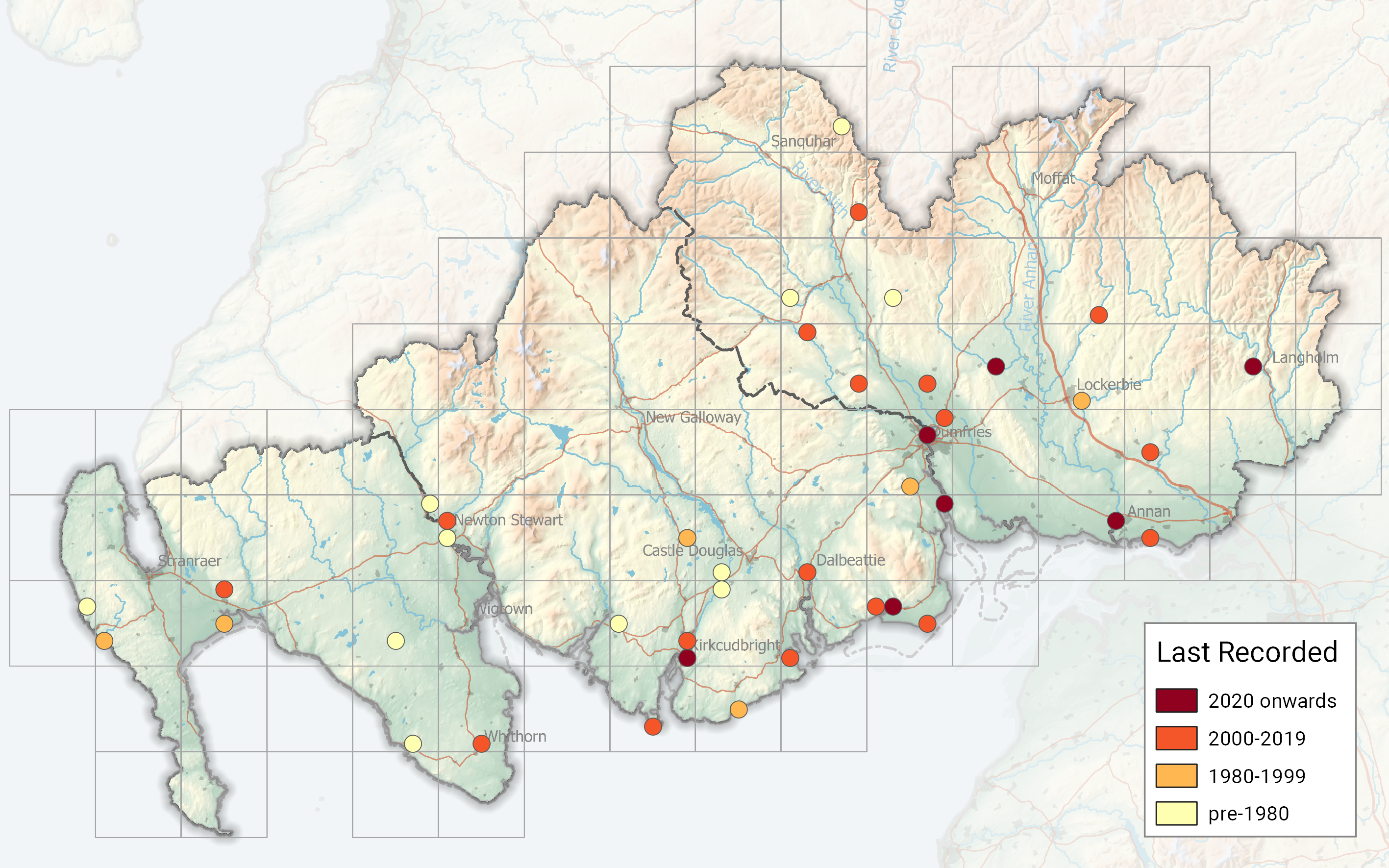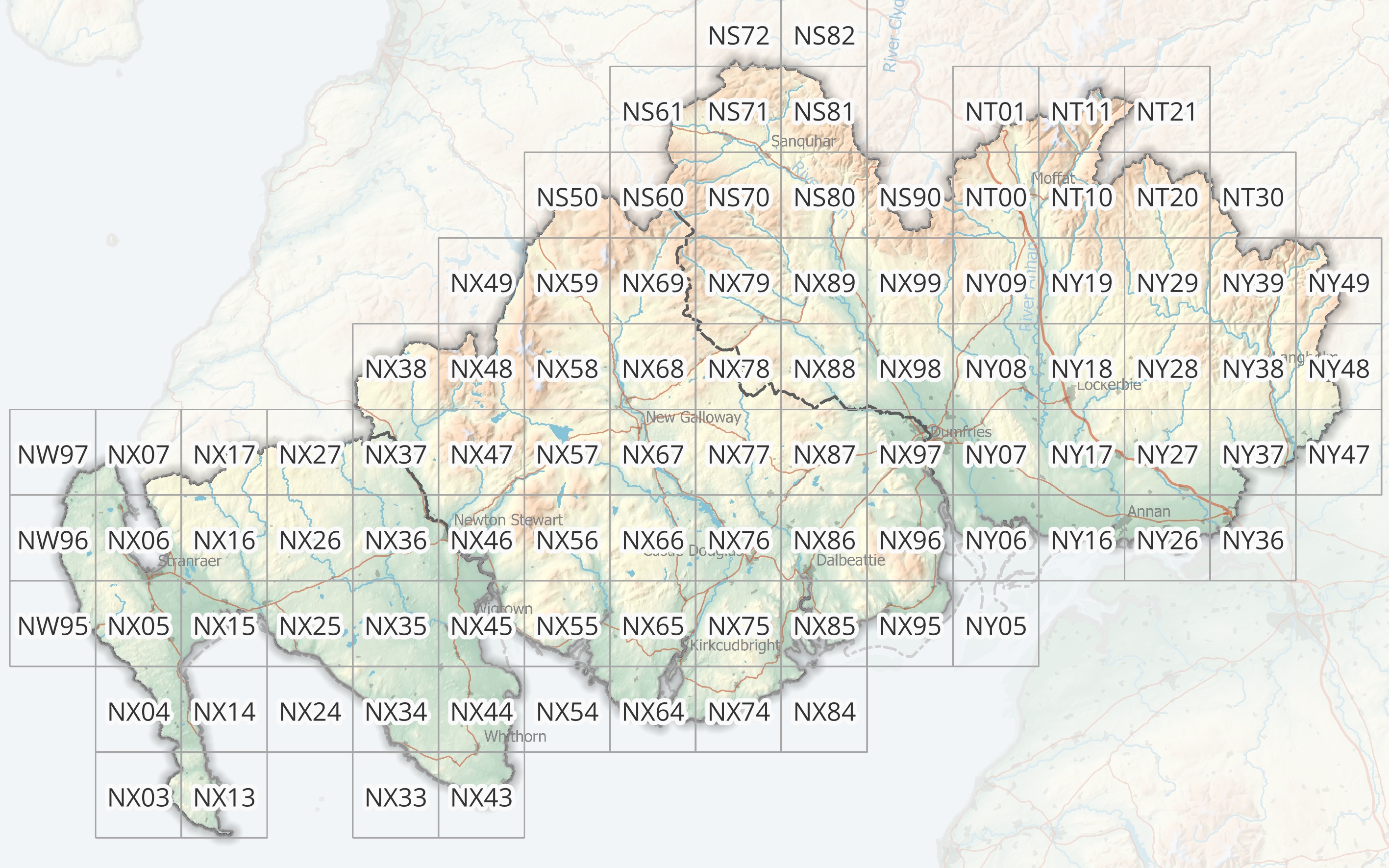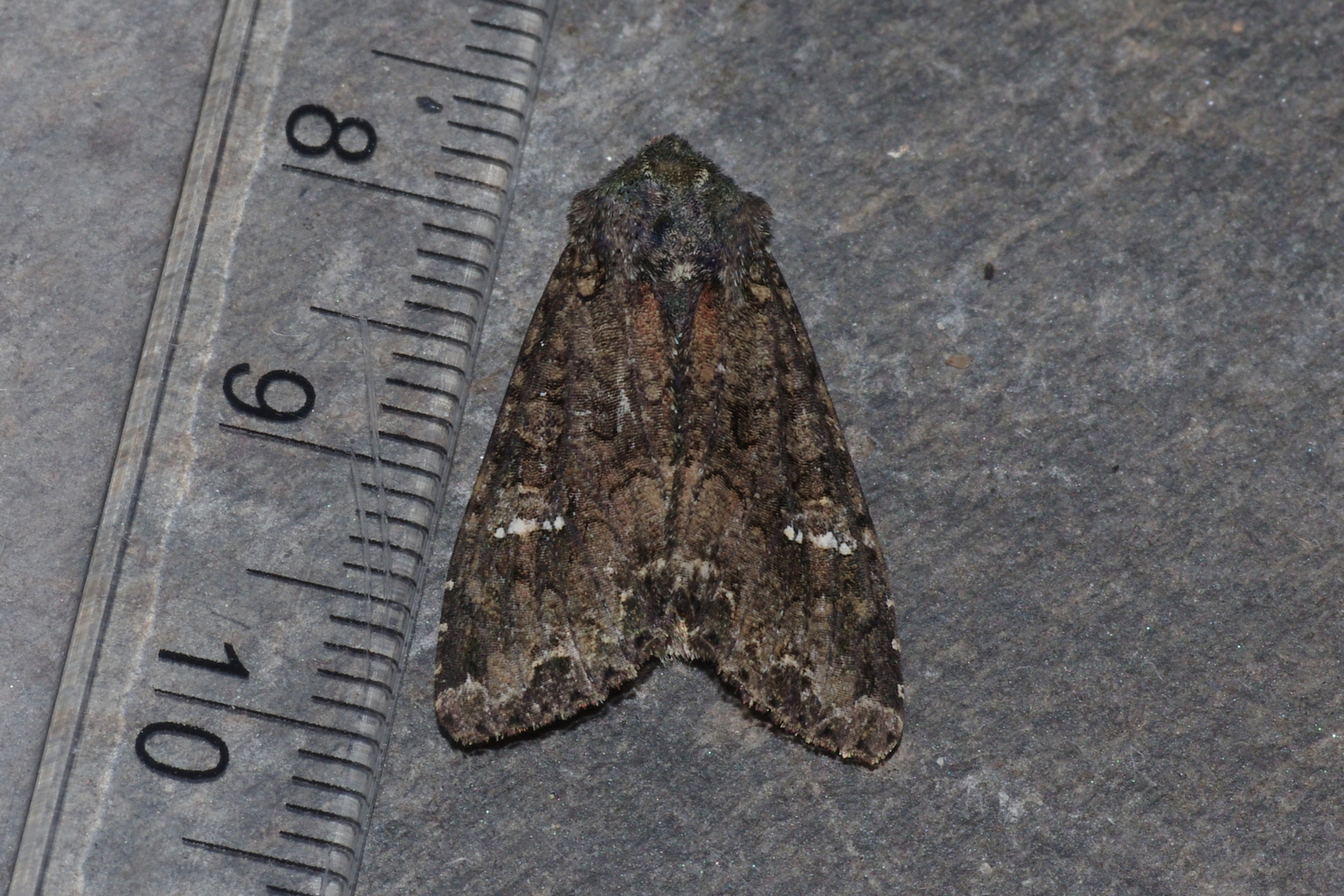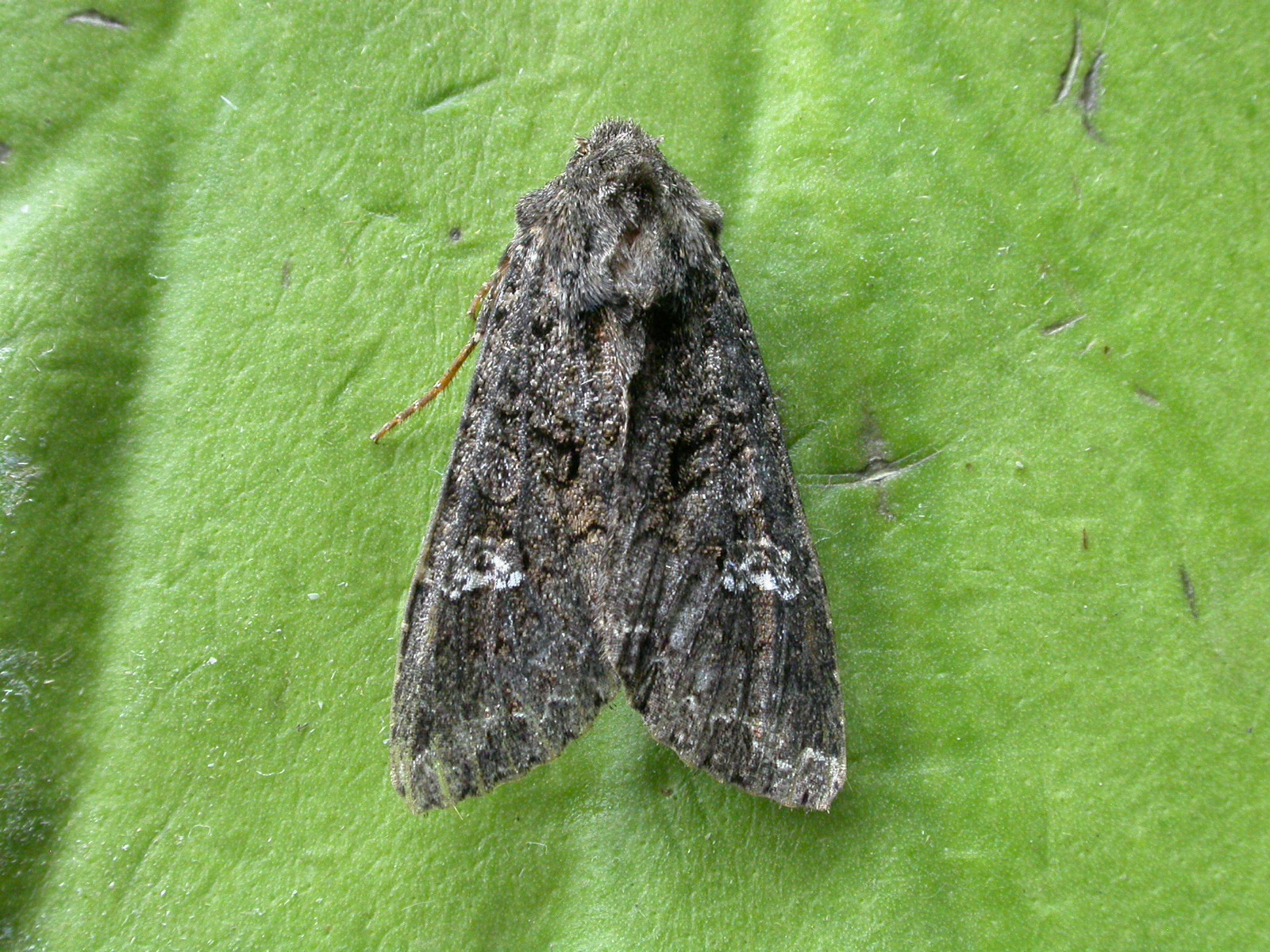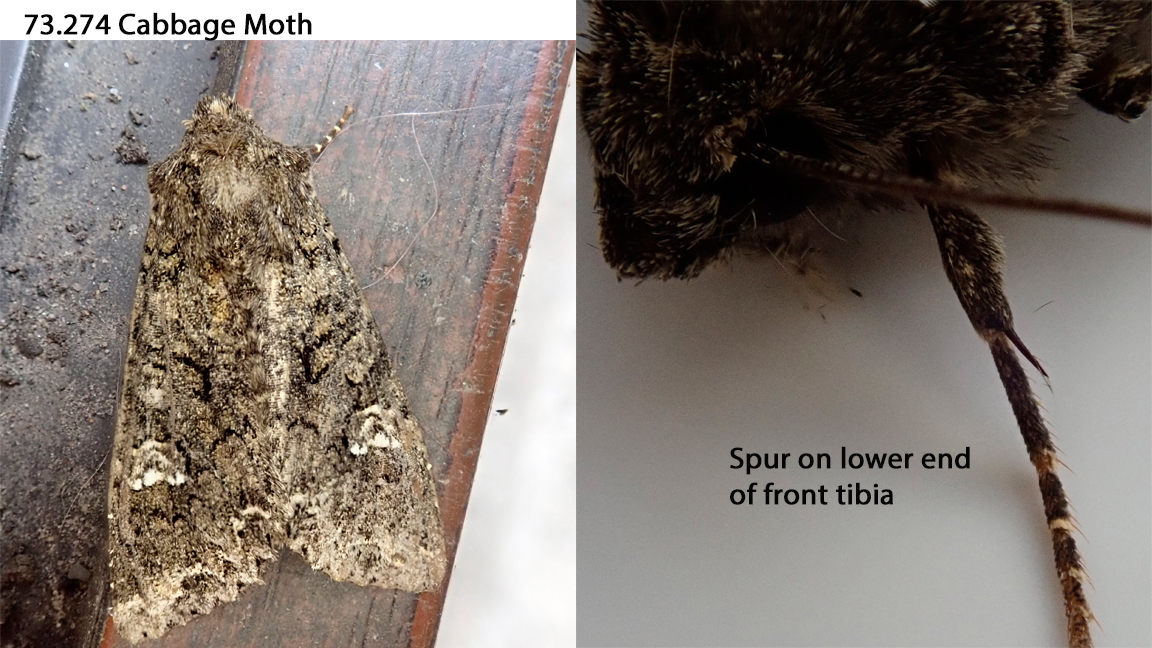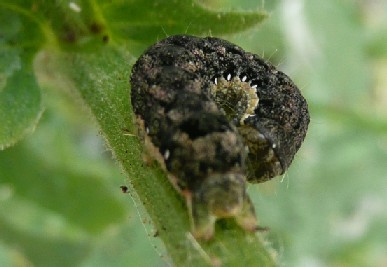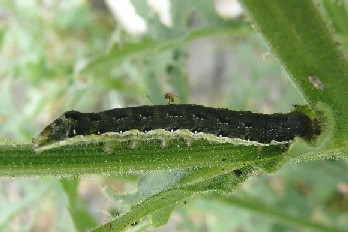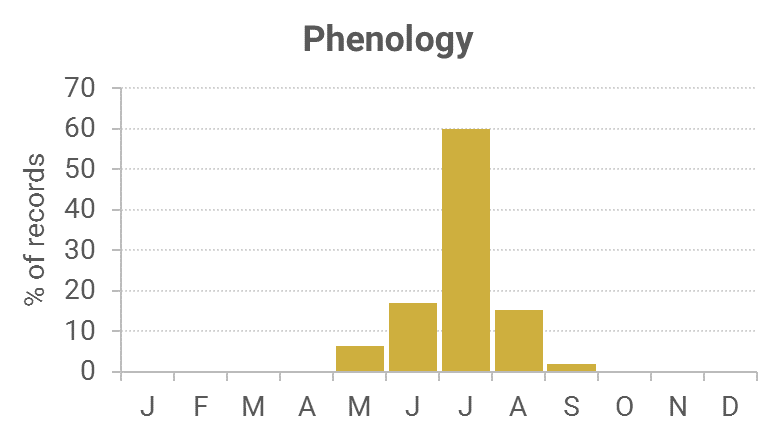Identification
Main features are the chalky-white outline to the kidney mark and whitish inner edge of dark outer band which forms a ‘W’ in the middle. A slightly curved spur on the tibia of the foreleg viewed with a hand lens, separates it from other similar species.
Recording Method.
Attracted to light, also comes to sugar and flowers.
Life cycle
One generation. Overwinters mainly as a pupa in an underground cocoon. Larvae can be found any time of the year, but mainly late summer and autumn.
Larval foodplants
Larvae feed on both wild and cultivated brassicas, as well as some trees.
Habitat
A wide range of lowland habitats, including gardens.
History
Lennon (1863) stated it was common everywhere around the Dumfries area. K. J. Morton of Edinburgh (1900) whilst on a visit in July 1899 to Wigtownshire had found this species in the Monreith area. Gordon (1913) found it common and generally distributed during June in Wigtownshire. Earliest date was 8th June 1910. Sir Arthur Duncan (1909-84) during his lifetime had found it “frequent” at Closeburn, Tynron and Castlehill, Dumfries (all VC72).
RIS data is as follows: one record in 1974 at Gatehouse of Fleet (VC73) and singly at Penninghame (VC74) and Bridge of Dee (VC73) in 1977, with seven records in 1977 from Newton Stewart. Sir Arthur Duncan caught it at MV light in 1976 in Kirkmahoe parish, and found it at Torrs Warren in 1984. Mabie Forest had three records during 1985-93. From 1993-2010 Kirkton with regular trapping had provided most of the records, with just four records from all of Wigtownshire in the same period.

